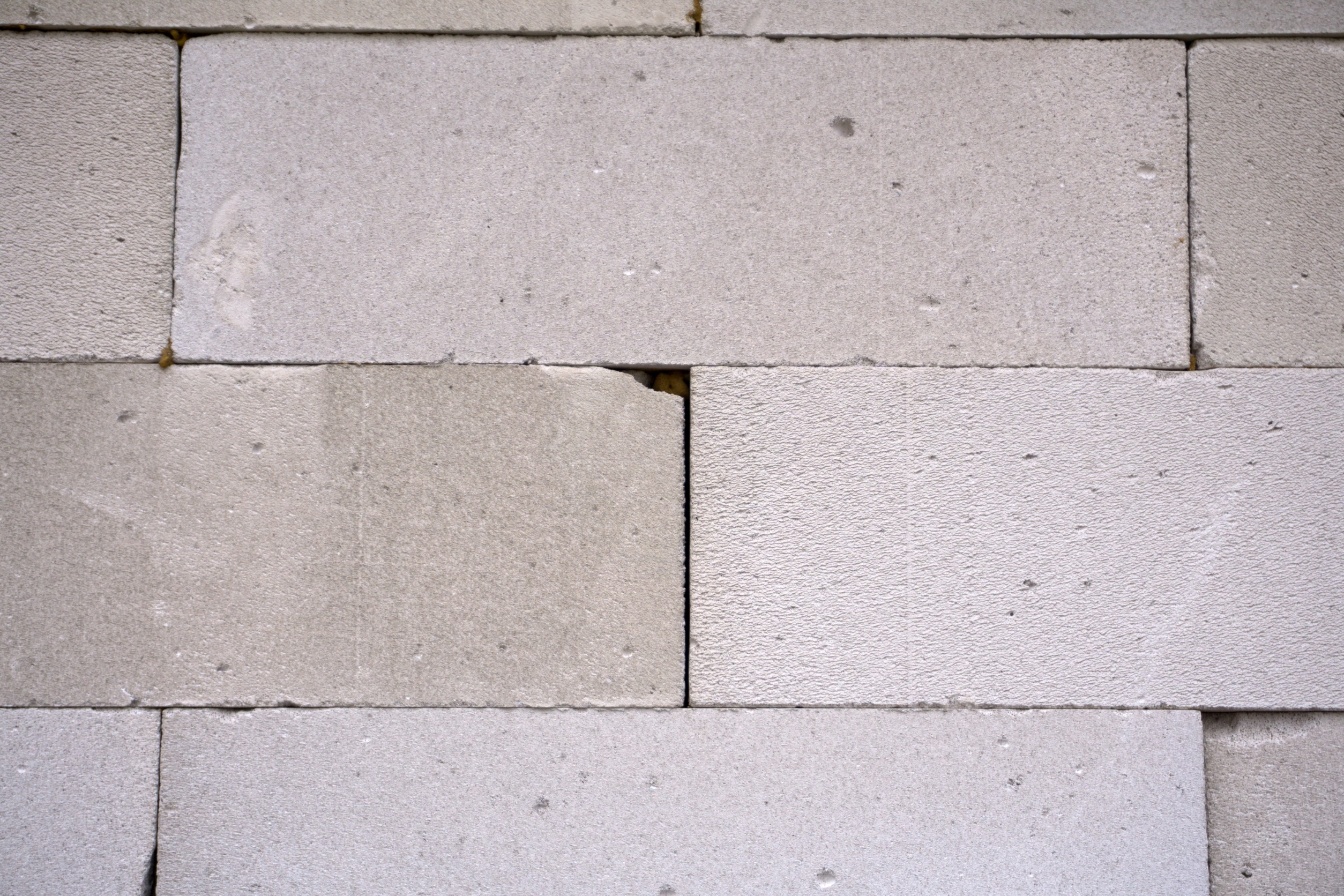There are many benefits to living on a sheer cliff face, if you’re a very rare Hawaiian plant. Hungry goats can’t get to you. Neither can oblivious people, who are known to crush priceless plants underfoot. Nor can botanists, even though they just want to save the plants. That’s how Hibiscadelphus woodii, a relative of the hibiscus flower, wound up on the extinct species list in just shy of two decades after it was first discovered by botanist Ken Wood in 1991, in the Kalalau Valley on the Hawaiian island of Kauai. The last known sighting of H. woodii was in 2009. Efforts to grow new H. woodii plants in greenhouses failed over and over; neither grafting, tip cuttings, nor attempts at cross pollination could resurrect it. The hundreds of thousands of years-worth of evolution that created its unique features—such as its tube-shaped bell, which turns from yellow to maroon as it ages, and is formed to perfectly fit the beak of its pollinator, a native species of honeycreeper bird—seemed lost forever. But on a sunny day in February 2019, a drone specialist suddenly spotted the supposedly extinct flower hiding on a steep, green cliffside, prompting celebrations amongst botanists throughout the island. If you’re curious to see footage of the drone finding this special Hawaiian flower, look no further.

How a drone rediscovered a rare Hawaiian flower thought to be extinct
More of Today's Solutions
Stronger concrete, cleaner landfills—how scrap carpet fibers are reinventing ...
BY THE OPTIMIST DAILY EDITORIAL TEAM Concrete is the foundation of modern civilization, but its notorious tendency to crack isn’t just a construction headache—it’s ...
Read MoreInvestigating when our bodies change the fastest and why it matters
BY THE OPTIMIST DAILY EDITORIAL TEAM Aging might seem like a slow, steady march, but science suggests otherwise. If you’ve ever looked in the ...
Read More16-year-old codes speech app to help his nonverbal sister communicate
Families of individuals who have conditions that make it difficult or impossible for them to communicate verbally can attest to the fact that going ...
Read MoreHow aspirin and crop resilience go hand in hand
Did you know that plants have been making aspirin for millions of years? And humans have been using it as far back as Neanderthal ...
Read More










